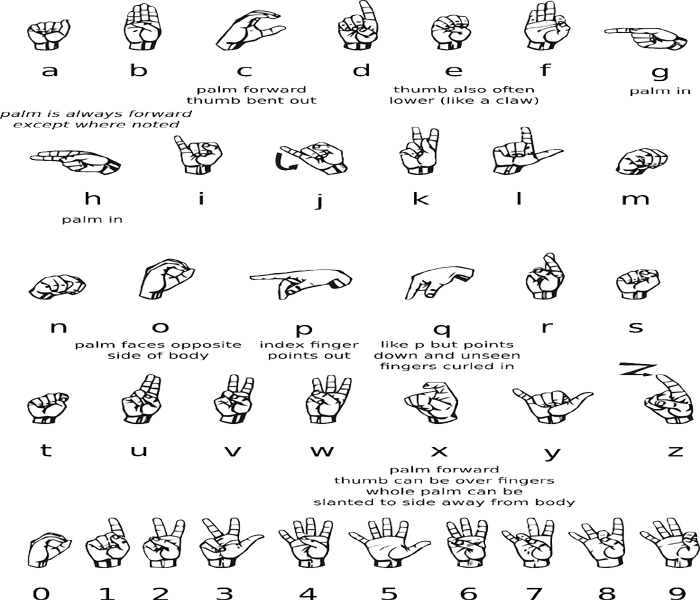Category Archives: WHO?
278.WHO PUBLISHED THE FIRST NEWSPAPER?
The first newspapers were nothing like our papers today. They were more like fetters containing news. In the fifth century B.C., there were men in Rome who wrote these newsletters and sent them to people who lived far away from the capital.
Something more like our papers was established by Lucius Caesar in 60 B.C. He had the government publish a daily bulletin for posting in the Forum. Devoted chiefly to government announcements it was called Acura Diurna, which meant “Daily Happenings.”
277.WHO INVENTED SIGN LANGUAGE?
The history of man is full of cruelty towards those whose sickness we have been unable to understand. For thousands of years, for example, deaf-mutes were treated as if they were dangerous to society. In many countries they were regarded as idiots and were locked up in asylums. Very often they were killed to get them out of the way.
In the sixteenth century a man came along who wanted to do something to help the deaf-mutes. He was an Italian doctor named Jerome Cardan who believed that deaf-mutes could be taught by using written characters. His work attracted great interest, and by the seventeenth century, a finger alphabet was worked out which was similar to the finger alphabet in use today.
It took another hundred years, however, before the first public school for deaf-mutes was established at Leipzig, Germany. Today, every civilized country in the world has institutions for educating its deaf and hard-of-hearing.
276.WHO INVENTED SHORTHAND?
Can you write as fast as you can speak? Almost nobody can. But very often it is necessary to take down the words as someone speaks them in order to have a record. One way of doing this is writing in shorthand. Shorthand is the art of writing by means of signs that can be made quickly. These signs, which are not the same as words, can be read later by a person who knows the system. Today, the word shorthand is used to describe this method, but it has also been called stenography (which means little or narrow writing), and tachygraphy (which means swift writing), and brachygraphy (which means short writing).




